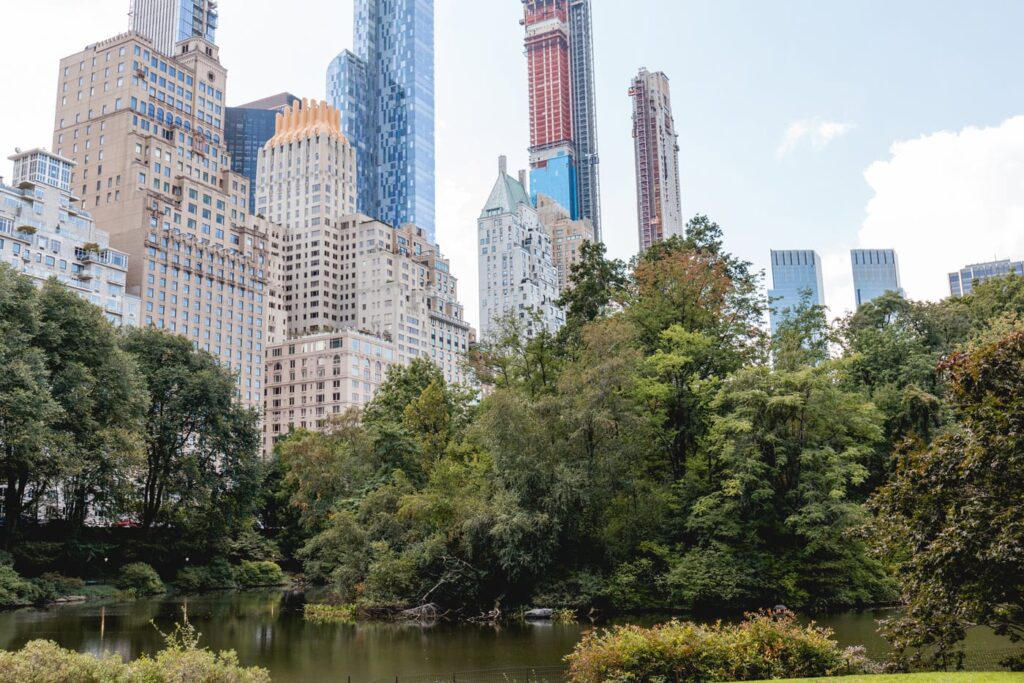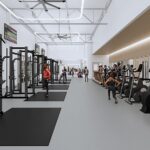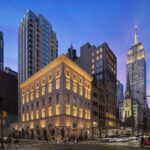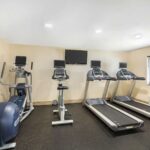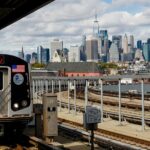I’ve spent years exploring the park on slow mornings, long runs, and family weekends, and I know exactly how to make a visit count. In this guide, I’ll show you the best things to do in Central Park, from iconic landmarks to quiet corners most people miss. If you want practical tips, proven routes, and insider shortcuts, you’re in the right place. By the end, you’ll have a clear plan for what to do in Central Park—whether you have two hours or a full day.

Source: www.timeout.com
Essential Highlights And Must-See Landmarks
If you’re new to the park, start with the greatest hits. These spots deliver classic New York energy and are easy to stitch into one smooth loop.
- Bethesda Terrace and Fountain: The heart of Central Park. I like to approach from the Mall for that dramatic reveal. Street performers often set the tone with cello or sax covers.
- The Mall and Literary Walk: A stately American elm tunnel that feels like a movie set. On weekends, you’ll find portrait artists and pop-up vendors—great for a quick souvenir.
- Bow Bridge: The most photogenic bridge in the park. Go early to avoid crowds and catch the light on the water.
- Strawberry Fields: A quiet tribute to John Lennon. I pause here to reset, then continue to the Lake or the Ramble.
- The Ramble: A 36-acre woodland maze. I’ve gotten happily lost here in autumn; bring a map pin just in case.
- Belvedere Castle: Small but mighty views. If you’re tracking weather for a picnic, the nearby weather station data is surprisingly helpful.
- The Great Lawn and Turtle Pond: Perfect for lounging. On sunny days, expect frisbees, sunbathers, and kids spotting turtles.
- Conservatory Garden (105th St.): A formal, under-the-radar garden with seasonal blooms. It’s my go-to for spring tulips and fall chrysanthemums.
Pro tip: Start at 72nd Street on the west side to easily connect Bethesda Terrace, Bow Bridge, the Ramble, and Strawberry Fields in under 90 minutes.

Source: babylontours.com
Active Adventures: Biking, Boating, And More
A little movement transforms the park from pretty scenery into a personal playground.
- Biking the Loop: The full loop is about 6.1 miles with rolling hills, including the infamous Harlem Hill in the north. I recommend riding clockwise awareness, staying in the correct lane, and avoiding midday congestion on weekends.
- Rowboats and Gondola on the Lake: Rent a rowboat at the Loeb Boathouse area (seasonal). I like to go an hour before sunset for golden reflections. Bring cash or confirm card policy ahead; lines can form on sunny Saturdays.
- Running Routes: My weekday loop is 4 miles from Columbus Circle to the Reservoir and back. The Reservoir path is a 1.58-mile cinder track—great for joints and views. Run counterclockwise as posted.
- Ice Skating at Wollman Rink (seasonal): This is a classic winter experience. I’ve found weekday evenings less crowded than weekends.
- Horse Carriage Rides: Consider a short ride if you’re with first-time visitors, but walk the route first—you’ll see more at your own pace and save money.
- Playgrounds and Ballfields: Heckscher Playground (mid-park at 65th St.) is a hit with kids. For pickup softball or soccer, the Great Lawn and North Meadow are your best bets.
Safety note: Central Park is generally safe during the day. For early mornings or evenings, stick to main paths, be mindful with headphones, and share your live location if you’re solo.
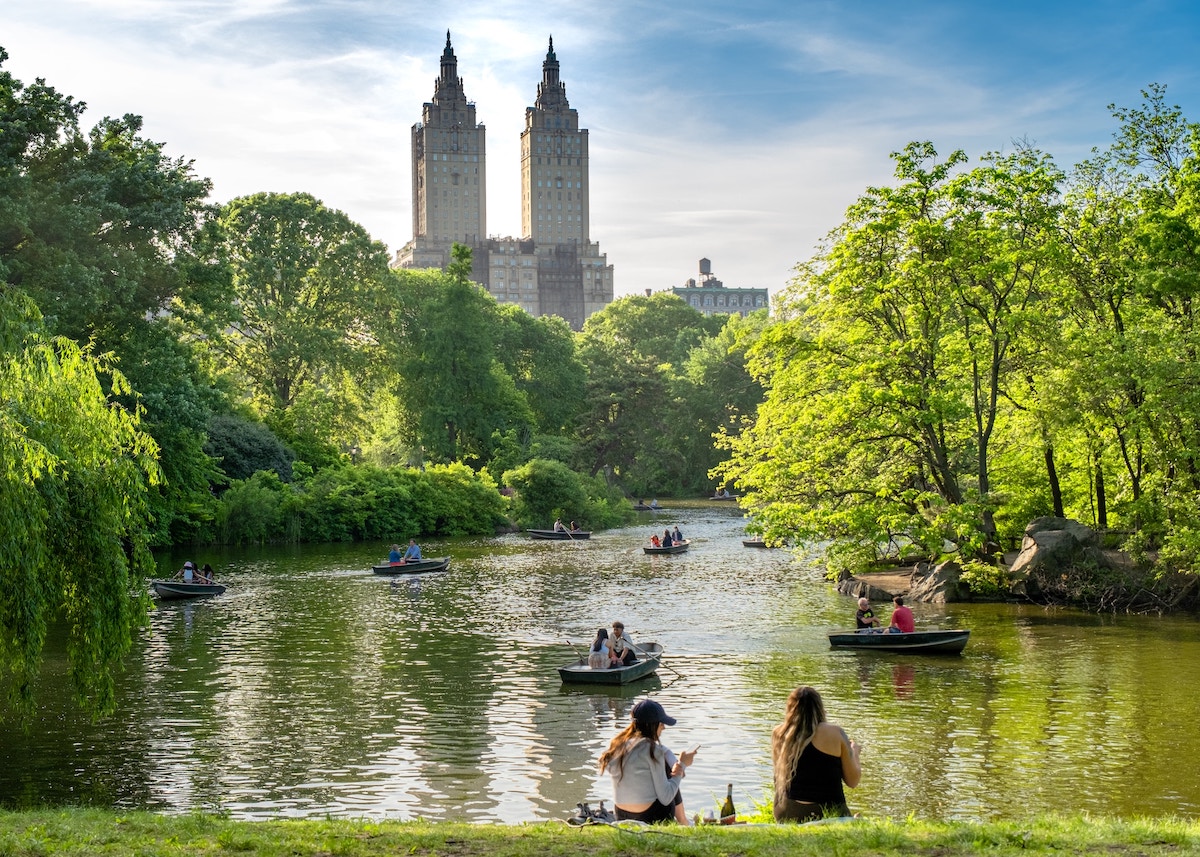
Source: www.takewalks.com
Culture And Hidden Gems Inside The Park
Central Park isn’t just lawns and lakes—it’s a cultural corridor.
- Central Park Zoo: Compact and perfect for 60–90 minutes. The sea lion feedings are crowd-pleasers; check the schedule when you arrive.
- Shakespeare in the Park (Delacorte Theater): Free summer performances with superstar casts. When I can’t get tickets, I picnic outside and still catch the atmosphere.
- The Dairy Visitor Center: Pick up maps, ask staff for event updates, and grab the latest on guided tours.
- Obelisk (Cleopatra’s Needle): One of the oldest monuments in the US. A quick stop near the Met.
- The North Woods and Ravine: The park’s wildest corner. If you’re a birder or photographer, this is gold at sunrise.
- Conservatory Water: Model sailboats and a serene vibe. I bring coffee and watch locals practice with custom boats.
- The Met and Museum Mile: While technically outside the park’s fence, the Metropolitan Museum steps are a classic post-walk perch. I often combine a morning in the park with an afternoon at the Met.
Insider tip: The park’s official calendar highlights guided walks, birding tours, and seasonal events. I’ve joined ranger-led walks for behind-the-scenes history and never regretted it.
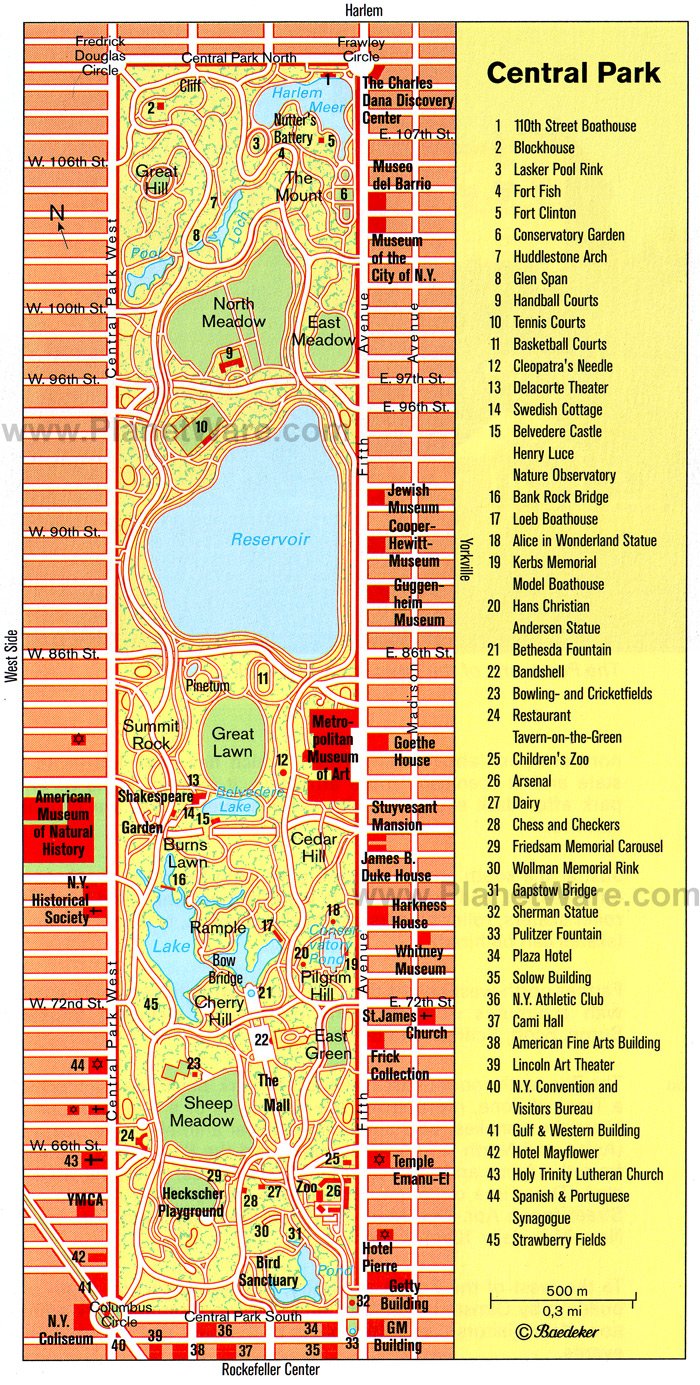
Source: www.planetware.com
Seasonal Magic: What To Do Year-Round
Every season changes the park’s rhythms. Here’s how I plan:
- Spring (March–May): Cherry blossoms around the Reservoir and Pilgrim Hill. I time visits for early morning weekdays to avoid crowds.
- Summer (June–August): Picnic on Sheep Meadow, rowboats on the Lake, and SummerStage concerts. Hydrate and bring shade—temperatures spike in open areas.
- Fall (September–November): Peak foliage around the Ramble, the Mall, and North Woods. I use sunrise windows for photos and cooler air.
- Winter (December–February): Wollman Rink skating, quiet Ramble walks, and snow scenes at Bow Bridge. After snowfalls, paths can be slick—wear traction cleats if you plan to explore deeper trails.
Evidence-based tip: Park traffic and event density increase on Saturdays and holidays. Crowding is measurably lower Tuesday through Thursday mornings, especially before 10 a.m.
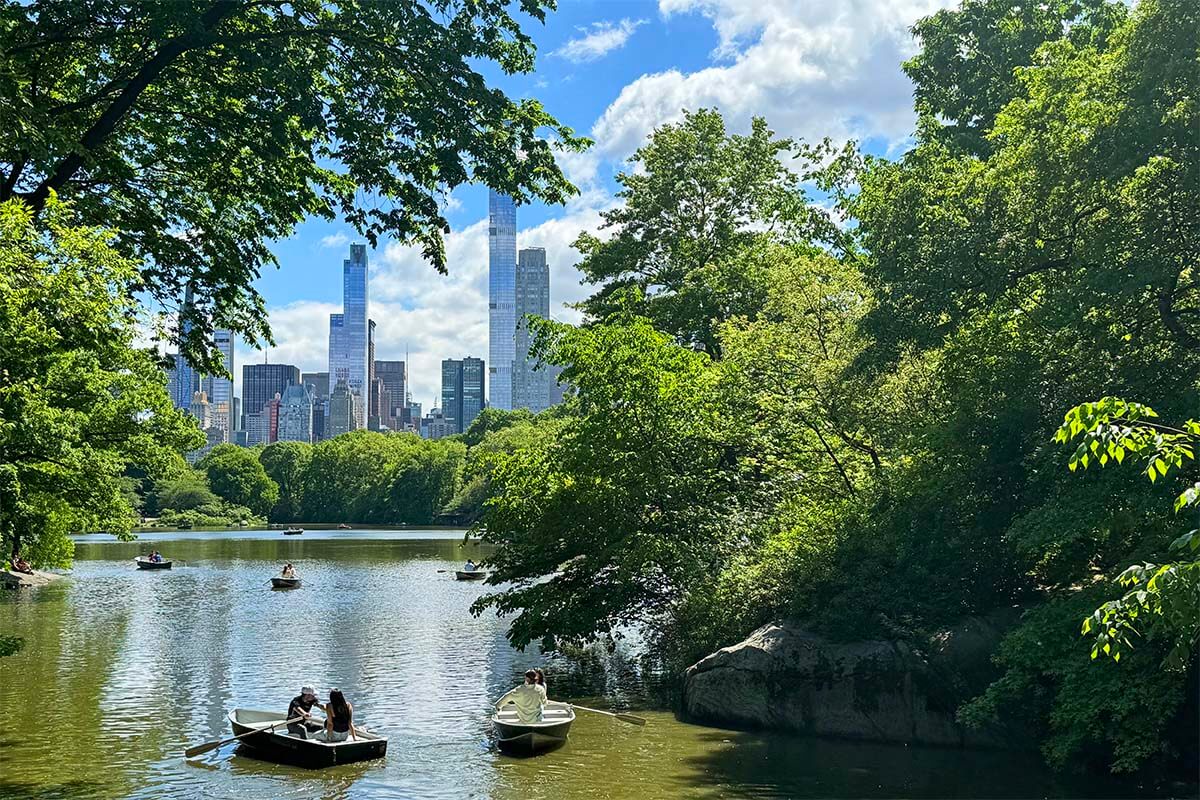
Source: fullsuitcase.com
Food, Picnics, And Where To Rest
Good fuel keeps the day enjoyable. I’ve tested plenty of options:
- Best Picnic Spots: Sheep Meadow for skyline views, the Great Lawn for space, and Conservatory Garden for a refined vibe. Pack a small blanket and resealable bags for leftovers.
- Quick Bites: The park has seasonal kiosks for snacks and drinks. For a sit-down with views, the Loeb Boathouse area is classic. I also grab deli sandwiches near Columbus Circle and head straight in.
- Coffee Stops: Enter via 72nd or 79th on the west side for quick access to quality coffee before your walk.
- Restrooms: Mark restrooms on your map before you start. The ones near Bethesda Terrace and the Great Lawn are reliable. Off-peak hours are cleaner and quicker.
Leave-no-trace tip: Bring a small trash bag. After busy weekends, bins overflow—your own bag saves time and keeps the park pristine.
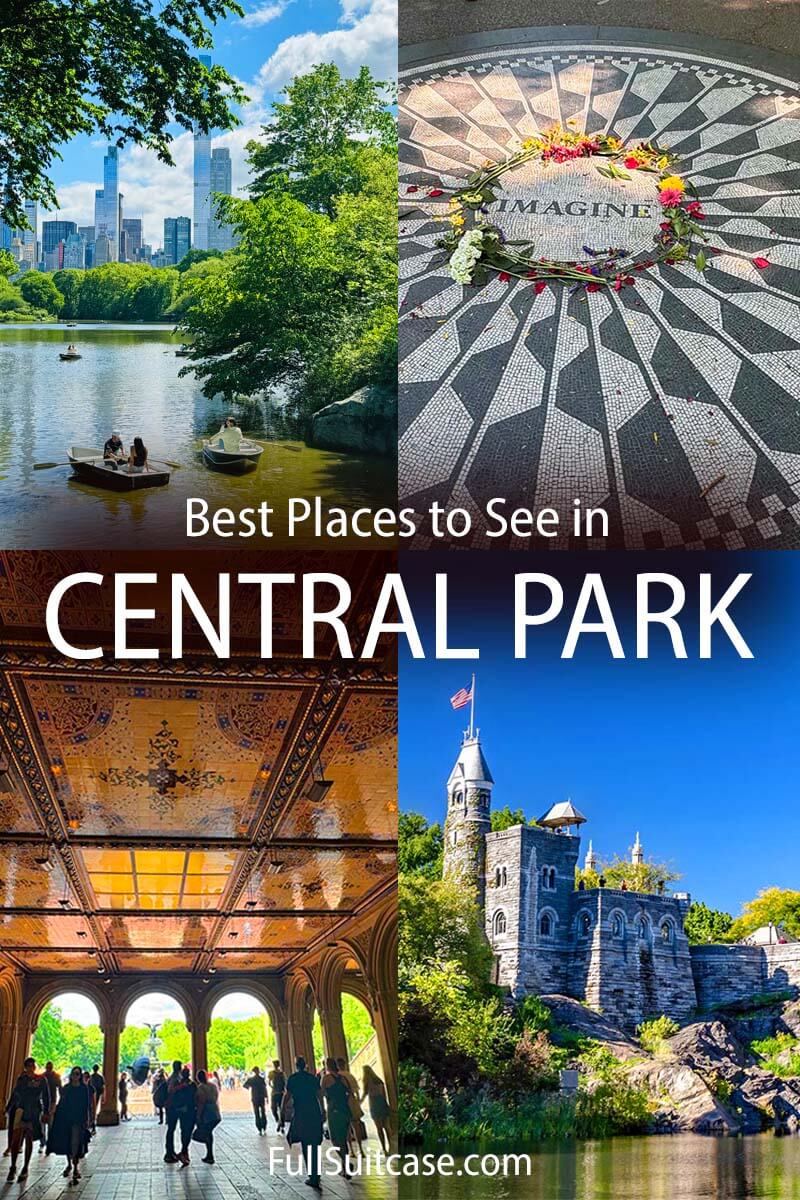
Source: fullsuitcase.com
Photography And Iconic Views
The park is a lens-lover’s dream, and timing is everything.
- Golden Hour: Bow Bridge, the Lake, and Gapstow Bridge glow at sunrise and sunset. I’ve had the best luck with sunrise for fewer people.
- Skyline Frames: From the Sheep Meadow and the Reservoir’s south side, you’ll frame classic Midtown and Upper West Side skylines.
- Winter Scenes: After fresh snow, the Ramble footbridges and the Mall’s elms look straight out of a storybook.
- Night Photography: Focus on well-lit areas like Bethesda Terrace. Bring a fast lens and a small tripod; follow park rules and stay aware.
Practical setup: Pack a prime lens (35mm or 50mm) for portraits and a lightweight telephoto (70–200mm) for skyline compression. Polarizers help with water glare on the Lake and Reservoir.

Source: www.youtube.com
Family-Friendly Fun And Accessibility Tips
Traveling with kids, seniors, or strollers? Here’s how I make it smooth.
- Kid Favorites: Central Park Zoo, Heckscher Playground, and model boats at Conservatory Water. Short loops with snack stops keep morale high.
- Stroller-Friendly Paths: The Mall to Bethesda Terrace to the Lake is mostly smooth. Avoid steep, uneven Ramble trails.
- Accessibility: Many landmarks have accessible routes. The park’s official accessibility map is worth downloading before your visit.
- Bathrooms and Breaks: Plan stops around Bethesda Terrace, Loeb Boathouse area, and the Great Lawn fields.
- Safety and Essentials: Sunscreen, hats, refillable water bottles, and a small first-aid kit. For toddlers, a simple wrist link or ID bracelet brings peace of mind on busy days.
Lesson learned: I once underestimated walking distances with grandparents in summer heat. We switched to shaded loops and added a mid-route café stop—game changer.
Sample Half-Day And Full-Day Itineraries
These itineraries balance the best things to do in Central Park with realistic pacing.
Half-Day Highlights (3–4 hours)
- Start at Strawberry Fields for a quiet moment.
- Walk the Mall to Bethesda Terrace; spend time at the Fountain.
- Cross Bow Bridge, loop through the Ramble for a short wander.
- Exit toward the Loeb Boathouse area for a snack or rowboat.
- Optional add-on: Belvedere Castle for a view, then relax on the Great Lawn.
Full-Day Classic (6–8 hours)
- Morning: Enter at Columbus Circle, head up the west side to the Reservoir for a loop. Detour to the Met steps for a mid-morning break.
- Midday: Lunch picnic on the Great Lawn or Sheep Meadow.
- Afternoon: Explore Conservatory Garden in the north, then cut through the North Woods for a nature reset.
- Late Day: Return south by the Lake, rowboat or lakeside stroll, then golden hour at Bow Bridge and Bethesda Terrace.
Quick First-Timer Loop (90 minutes)
- Start at 72nd St. west entrance, Strawberry Fields to the Mall.
- Bethesda Terrace to Bow Bridge, short Ramble wander.
- Exit via the Lake back toward 72nd.
Frequently Asked Questions Of Best Things To Do In Central Park
What Is The Best Time Of Day To Visit Central Park?
Early mornings offer fewer crowds, softer light for photos, and cooler temperatures. Sunset is stunning but busier, especially near Bow Bridge and Bethesda Terrace.
How Long Do I Need To See The Main Attractions?
You can cover top highlights in 2–3 hours with a focused route. For a richer experience with a picnic or museum stop, plan 5–6 hours.
Is Central Park Safe?
Generally yes, especially during daylight. Stick to main paths after dark, stay aware near secluded areas, and share your route if you’re alone early or late.
Can I Bike Everywhere In The Park?
Bikes are allowed on the main drives and designated routes but not on pedestrian paths like the Ramble. Follow posted signs and yield to pedestrians at crossings.
Where Can I Find Restrooms?
Reliable options include Bethesda Terrace, the Great Lawn area, and near Wollman Rink. Check the park map for seasonal closures.
Are There Good Spots For Picnics?
Yes. Sheep Meadow, the Great Lawn, and Conservatory Garden are favorites. Arrive early on weekends to claim space.
What’s The Best Route For First-Time Visitors?
Start at Strawberry Fields, walk the Mall to Bethesda Terrace, cross Bow Bridge, wander the Ramble briefly, and circle back along the Lake. It’s gorgeous and efficient.
Wrap-Up And Next Steps
Central Park can be a quiet sanctuary, a cultural stage, and a playground—all in one day. If you follow the routes and tips above, you’ll hit the best things to do in Central Park without feeling rushed. Choose a season, pick a loop, pack light, and give yourself room to wander. Ready to plan your day? Subscribe for more NYC itineraries, drop your questions in the comments, and bookmark this guide for your next visit.

